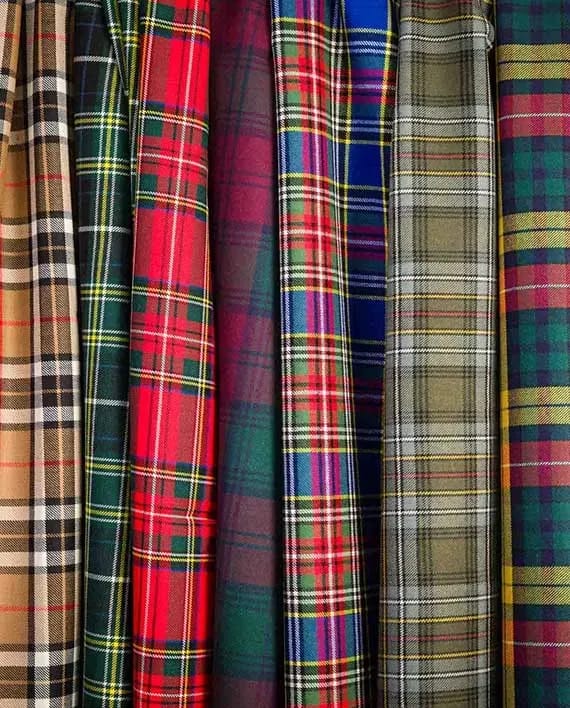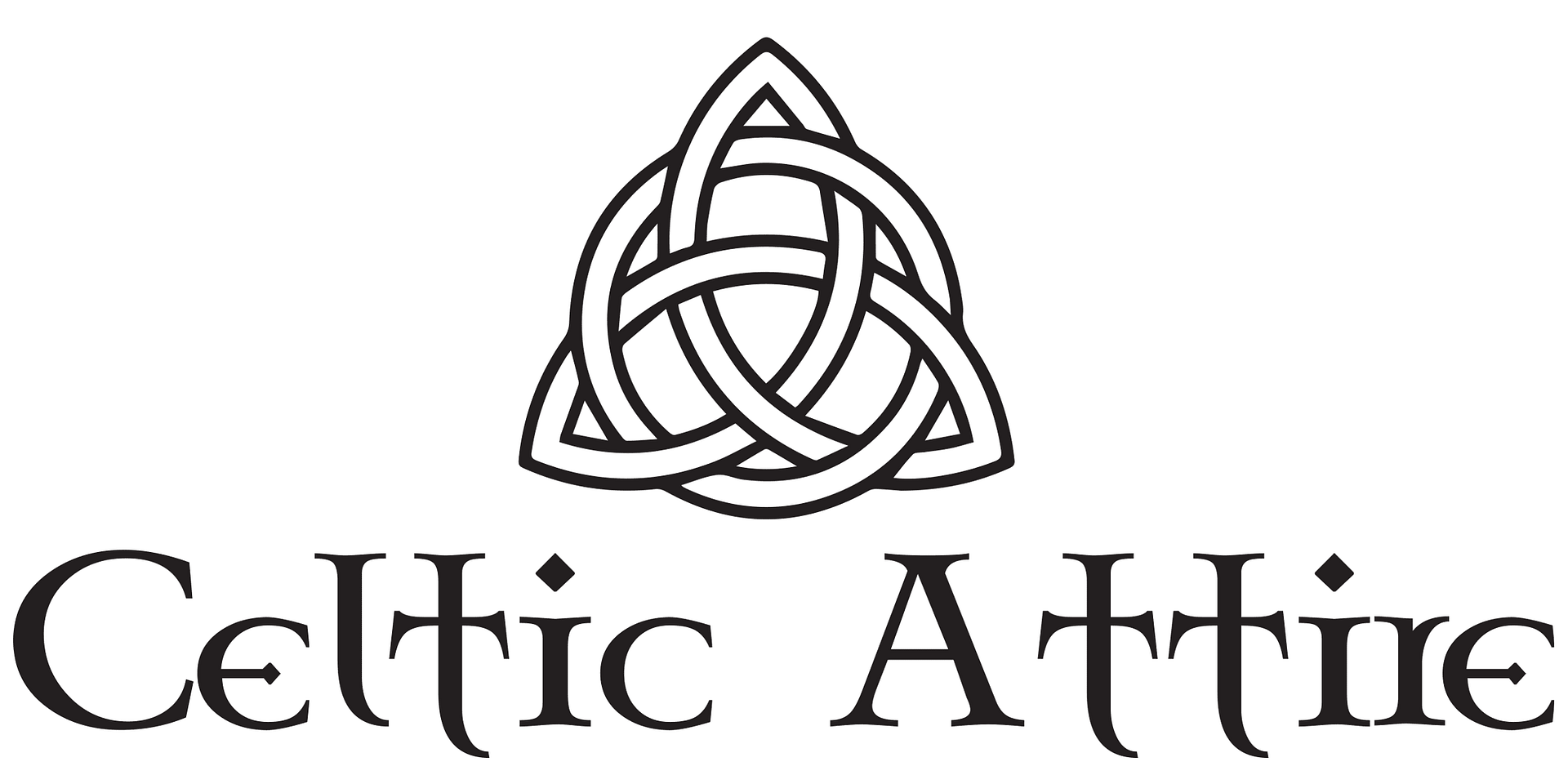Exploring the Rich Tapestry of Scottish Customand Cultural Wear

Scotland is a land filled with stunning landscapes, a deep-rooted history. Moreover lively traditions and it boasts some of the most iconic and culturally significant clothing you’ll find anywhere. Varying from the classic kilt to the beautifully intricate details of traditional Highland dress. Ultimately Scottish attire goes beyond mere clothing ; it embodies pride, heritage, and identity. In this blog, we’re going to take a closer look at the captivating world of Scottish customs and cultural wear. Diving into its history, significance, modern twists, and the events also where these remarkable garments truly shine.
The Kilt : A Timeless Symbol of Scottish Heritage
When you think of Scottish clothing, ultimately kilt is probably the first thing that pops into your mind. This knee-length garment, crafted from tartan fabric, has also deep roots in Scottish history. Initially, the kilt was just a practical piece of clothing designed for the rugged Highland landscape. Similarly its design allowed for easy movement, making it perfect for activities like farming, hunting, and even going into battle. The tartan patterns woven into the kilt are not just for show they also represent specific clans, families, or regions. Consequently each tartan boasts its own unique blend of colors and stripes, making it a powerful symbol of identity and belonging. Nowadays, kilts are worn during special occasions like weddings, ceilidhs (traditional Scottish dances), and Highland Games.
Traditional Highland Dress : A Complete Ensemble
The kilt is just one piece of the traditional Highland dress, which is a also full outfit meant to celebrate Scottish heritage.
Tartan :
The Fabric of Scottish Identity Tartan is more than just a pattern; it’s a language of its own. Each tartan design also tells a story, whether it’s tied to a specific clan, region, or institution. However the process of creating tartan involves weaving colored threads in a specific sequence. Thus resulting in a unique pattern that can be recognized by those familiar with its significance.
The History of Tartan Tartan has a long and storied history in Scotland. In addition the earliest evidence of tartan dates back to the 3rd century AD, with the Falkirk Tartan being one of the oldest known examples. Originally, tartan was a simple checkered cloth worn by Highlanders. Over time, specific patterns became associated with particular clans, creating a system of identification and loyalty.
The Tartan Act of 1746, part of the Dress Act following the Jacobite uprising, banned the wearing of tartan in an attempt to suppress Highland culture. However, the ban was lifted in 1782, and tartan experienced a resurgence, becoming a symbol of Scottish pride and identity.
How Tartan is Made Tartan is traditionally made from wool, though modern versions may use cotton or synthetic materials. Whereas the fabric is woven in a twill pattern, with horizontal and vertical stripes intersecting to create the distinctive checkered design. The colors and patterns are also carefully chosen to represent specific meanings, such as family lineage, regional ties, or even personal preferences.
Types of Tartan
● Clan Tartans : Associated with specific Scottish clans or families.
● District Tartans : Represent regions or towns in Scotland.
● Military Tartans : Worn by Scottish regiments.
● Fashion Tartans : Designed for modern clothing and accessories, not tied to any specific heritage.
In modern times, tartan has also transcended its traditional roots and is now used in a variety of ways, from fashion to home decor. Designers around the world have also embraced tartan. Whereas incorporating it into contemporary clothing and accessories while still paying homage to its Scottish origins.
Cultural Wear for Women: Elegance and Tradition
Scottish cultural wear isn’t just for men. However women also have their own traditional outfits, which are equally elegant and meaningful. The earasaid is a traditional dress worn by women in the Highlands, often made from tartan fabric and draped over the shoulder. Today, women often wear tartan skirts, shawls, or sashes paired with modern attire to celebrate their heritage.
For formal occasions, women may opt for a tartan gown or a kilted skirt, accessorized with Celtic jewelry and a plaid brooch. In conclusion these outfits beautifully blend tradition with contemporary style.
Modern Adaptations :
Keeping Tradition Alive While traditional Scottish wear remains popular, modern adaptations have made it more accessible and versatile. Designers are now creating kilts and tartan clothing in a variety of styles, from casual wear to high fashion. It’s not uncommon to see tartan used in everything from scarves and ties to dresses and suits.
Custom wear has also gained popularity, with individuals commissioning personalized tartans to represent their families or organizations. This modern twist ensures that Scottish cultural wear continues to evolve while staying true to its roots.
Events Where Scottish Wear Shines
Scottish custom and cultural wear are prominently featured in a variety of events, each offering a unique opportunity to celebrate and showcase this rich heritage.
Here are some of the most notable events :
Highland Games :
The Highland Games are a series of events held throughout Scotland
(and in Scottish communities worldwide) that celebrate Scottish culture. These games feature traditional sports like caber tossing, hammer throwing, and tug-of-war, as well as dancing, music, and, of course, traditional dress. Attendees often wear kilts and tartans to show their pride and connection to their heritage.
Burns Night : Held on January 25th, Burns Night honors Scotland’s national poet,
Robert Burns : The evening typically includes a feast of haggis, neeps, and tatties, accompanied by poetry readings, music, and dancing.
Many attendees wear traditional Highland dress, adding to the festive atmosphere.
Scottish Weddings :
Scottish weddings are a beautiful blend of tradition and modernity. It’s common for the groom and his groomsmen to wear kilts. While the bride may incorporate tartan into her dress or wear a sash in her family’s tartan. The wedding party often includes traditional elements like bagpipe music and a ceilidh dance.
Royal Edinburgh Military Tattoo :
This world-famous event takes place annually in Edinburgh and features performances by military bands, pipers, and dancers from around the world. The event is a visual spectacle, with participants often dressed in traditional Scottish attire, including kilts and tartan uniforms.
St. Andrew’s Day :
Celebrated on November 30th, St. Andrew’s Day is Scotland’s national day. Festivities include parades, concerts, and traditional meals, with many people wearing tartan to honor their Scottish roots.
Ceilidh Dances : A ceilidh (pronounced “kay-lee”) is a traditional Scottish social gathering that involves folk music, dancing, and storytelling. Attendees often wear kilts or tartan accessories, adding to the lively and communal spirit of the event.
Why Scottish Wear Matters
Scottish custom and cultural wear are more than just clothing—they’re a way to connect with the past, celebrate the present, and preserve traditions for future generations. Whether you’re of Scottish descent or simply appreciate the beauty and history of these garments. Additionally wearing or incorporating Scottish elements into your wardrobe is a meaningful way to honor this rich culture.
Final Thoughts
From the rugged Highlands to the bustling streets of Edinburgh, Scottish custom and cultural wear tell a story of resilience, pride, and identity. Whether you’re donning a kilt for a special occasion or adding a touch of tartan to your everyday style, you’re participating in a tradition that has endured for centuries. So, the next time you see a kilt or a tartan pattern. Take a moment to appreciate the history and craftsmanship behind it-it’s a piece of Scotland’s soul.
